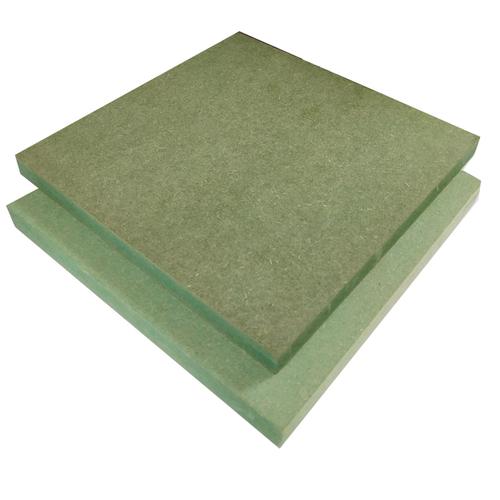What is Sanding Sealer?
Sanding sealer is a type of protective coating that is applied to wood surfaces before painting or varnishing. It serves multiple purposes, making it an essential product for woodworkers and DIY enthusiasts alike. In this article, we will delve into the various aspects of sanding sealer, including its benefits, application, and types.
Benefits of Sanding Sealer
One of the primary benefits of sanding sealer is its ability to seal the wood pores. This prevents the wood from absorbing paint or varnish, ensuring a smooth, even finish. Additionally, sanding sealer offers the following advantages:

| Benefits | Description |
|---|---|
| Prevents Wood Absorption | Seals the wood pores, preventing paint or varnish from soaking into the wood. |
| Improves Paint Adhesion | Ensures a strong bond between the paint or varnish and the wood surface. |
| Reduces Paint or Varnish Consumption | Since the wood absorbs less paint or varnish, you can use less product for the same coverage. |
| Enhances Wood Grain Visibility | Brings out the natural beauty of the wood grain. |
| Protects Wood from Moisture and Stains | Acts as a barrier against moisture, preventing stains and warping. |
Application of Sanding Sealer
Applying sanding sealer is a straightforward process. Here are the general steps to follow:
- Prepare the wood surface by cleaning it thoroughly to remove any dirt, dust, or debris.
- Sand the wood surface with fine-grit sandpaper (e.g., 220-grit) to create a smooth, even finish.
- Wipe the wood surface with a damp cloth to remove any sanding dust.
- Apply the sanding sealer using a brush, roller, or spray gun. Ensure even coverage, avoiding drips and runs.
- Allow the sanding sealer to dry according to the manufacturer’s instructions, typically 1-2 hours.
- Sand the dried sealer with fine-grit sandpaper (e.g., 320-grit) to create a smooth, even surface.
- Repeat the application and sanding process as needed, depending on the desired level of protection and finish.
Types of Sanding Sealer
Sanding sealers come in various types, each with its unique characteristics and applications. Here are some common types:
- Water-Based Sanding Sealer: This type is environmentally friendly, easy to apply, and dries quickly. It is ideal for indoor projects and provides excellent adhesion and protection.
- Oil-Based Sanding Sealer: Oil-based sealers offer excellent durability and protection against moisture and stains. They have a longer drying time and may require a primer before painting or varnishing.
- Shellac Sanding Sealer: Shellac is a natural resin that provides a quick-drying, durable finish. It is suitable for both indoor and outdoor projects but may require multiple coats for complete protection.
- Urethane Sanding Sealer: Urethane-based sealers offer excellent durability, resistance to moisture, and flexibility. They are ideal for high-traffic areas and can be used on both indoor and outdoor projects.
Choosing the Right Sanding Sealer
Selecting the appropriate sanding sealer for your project depends on various factors, such as the type of wood, the desired finish, and the intended use. Here are some tips to help you choose the right sanding sealer:
- Consider the wood type: Different woods may require different types of sanding sealers. For example, softwoods may require a more durable sealer, while hardwoods may benefit from a water-based option.
- Choose the desired finish: If you want a clear finish, opt








